Extreme fire risk in Europe growing due to heatwaves and drought making them harder to fight
Large swathes of southern Europe and the Mediterranean are experiencing extreme conditions contributing to fires
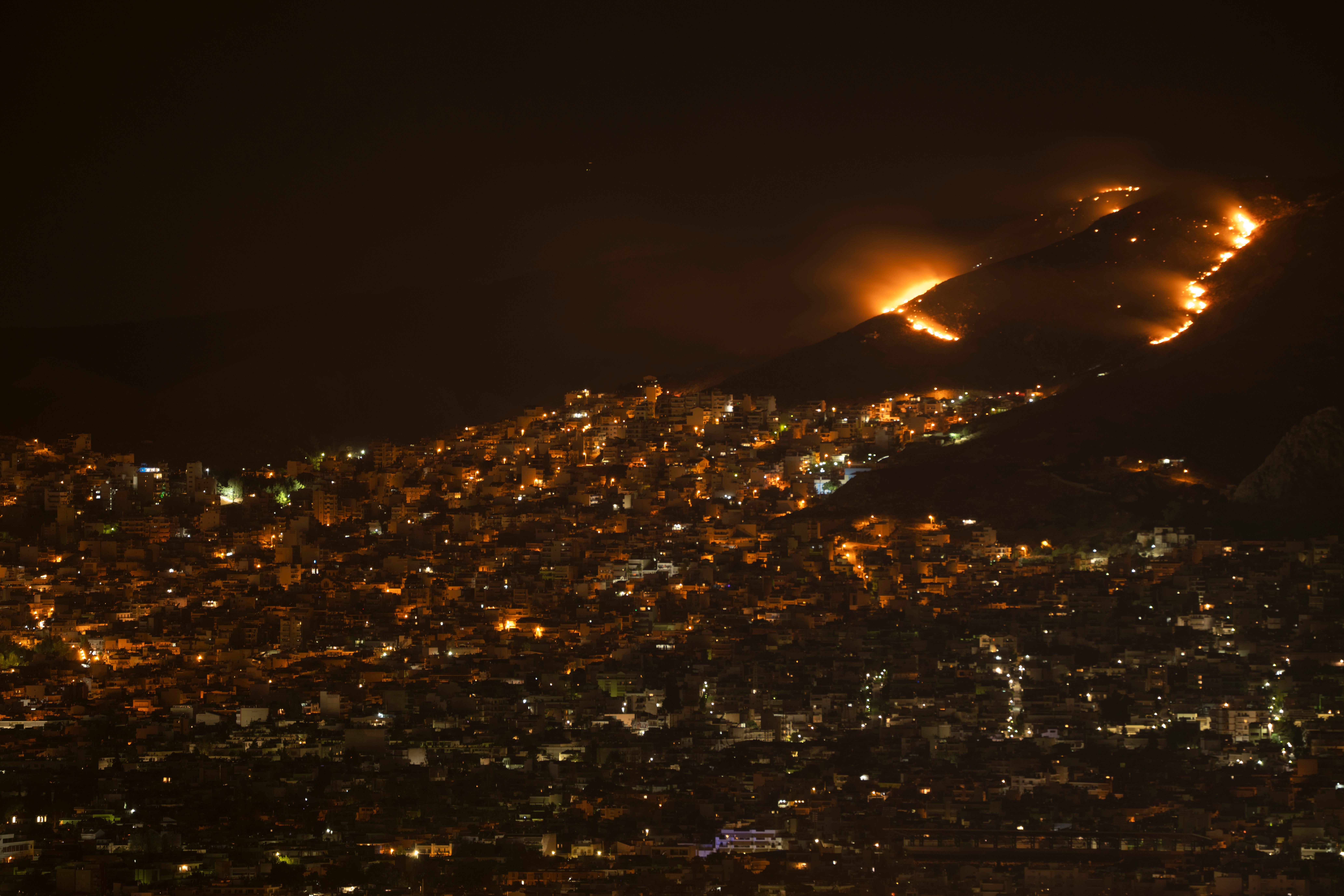
The risk of extreme fires is growing in Europe due to increasing heatwaves and droughts, a new study has revealed.
The research, published in Scientific Reports, said that large swathes of southern Europe and the Mediterranean are experiencing extreme conditions that are contributing to fires.
Lead author Jofre Carnicer, lecturer of ecology at the Faculty of Biology at the University of Barcelona, said: “This increase in extreme fire risk is quite recent and at critical times it exceeds the fire-fighting capabilities of European societies, causing higher Co2 emissions associated with fire in extremely hot and dry summers.”
The study looked at satellite imaging over Europe and found that this was the first time that increases in fire risks across the continent were due to weather conditions.
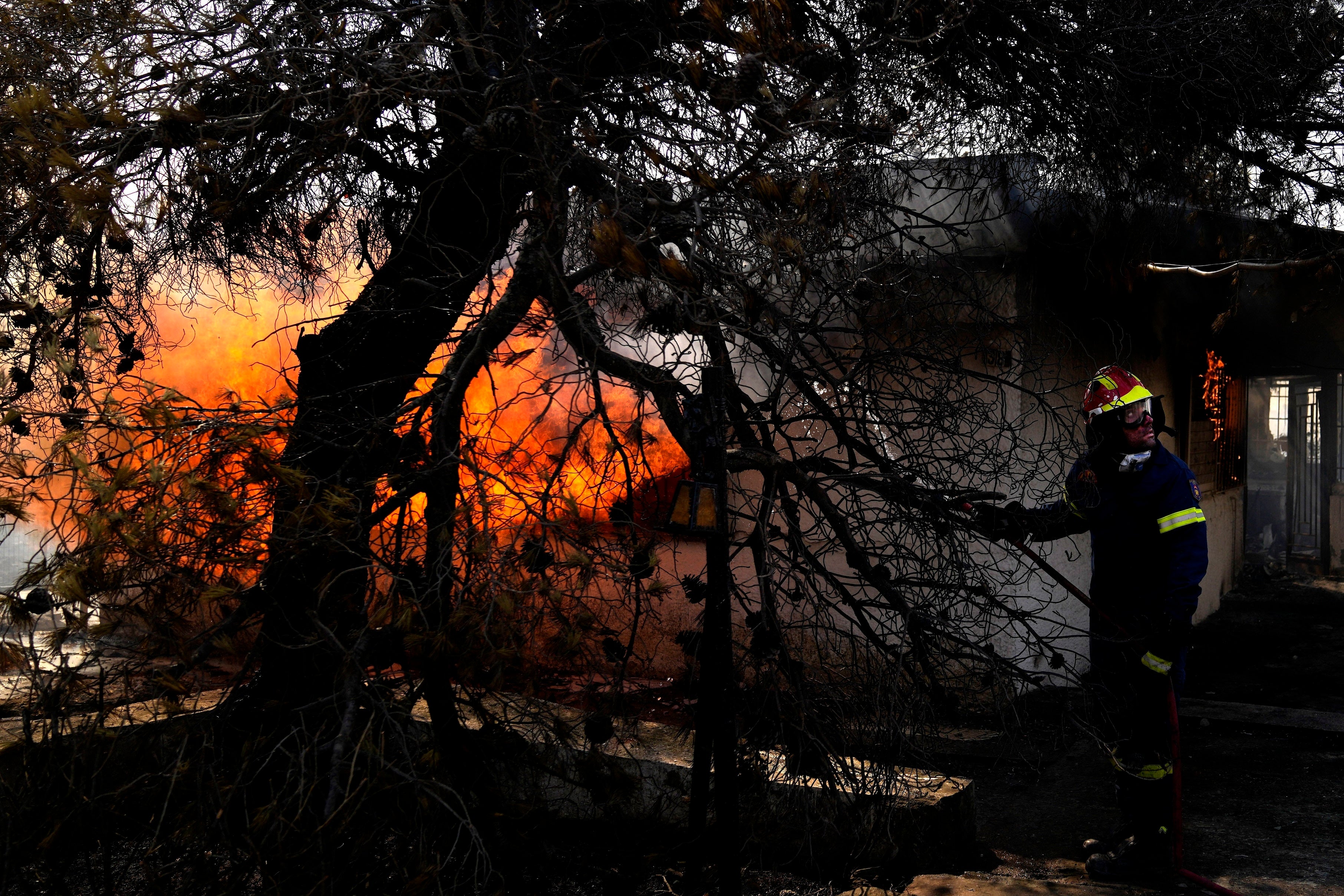
This led to a significant increase in fire-associated Co2 emissions in periods of extreme heat and an increased danger of fires in summer, the researchers said.
Mr Carnicer said: “The conclusions suggest the fire regime could rapidly change in regions affected by climate change, such as the Mediterranean, Euro-Siberian and boreal areas of Europe.”
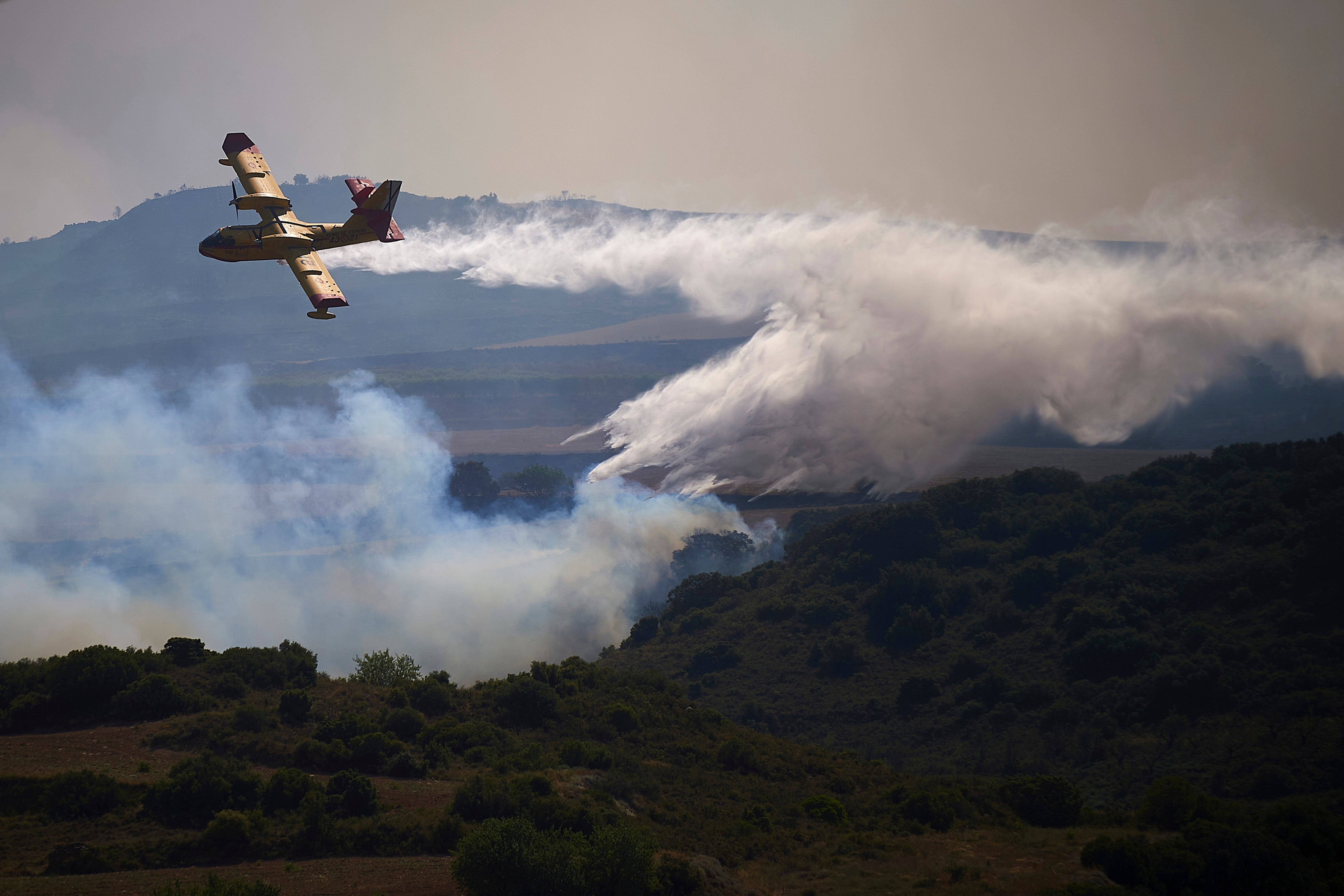
“The most significant increase in fire risk will affect the areas in southern Europe that have forests and carbon sinks which are key for the regulation of climate”.
He added that “the forests in the European continent absorb about 10% of the total emissions from greenhouse gas emissions annually. Specifically, they capture around 360 million tons of Co2 per year, more than the emissions of a country like Spain, with a value around 214 million tons”.
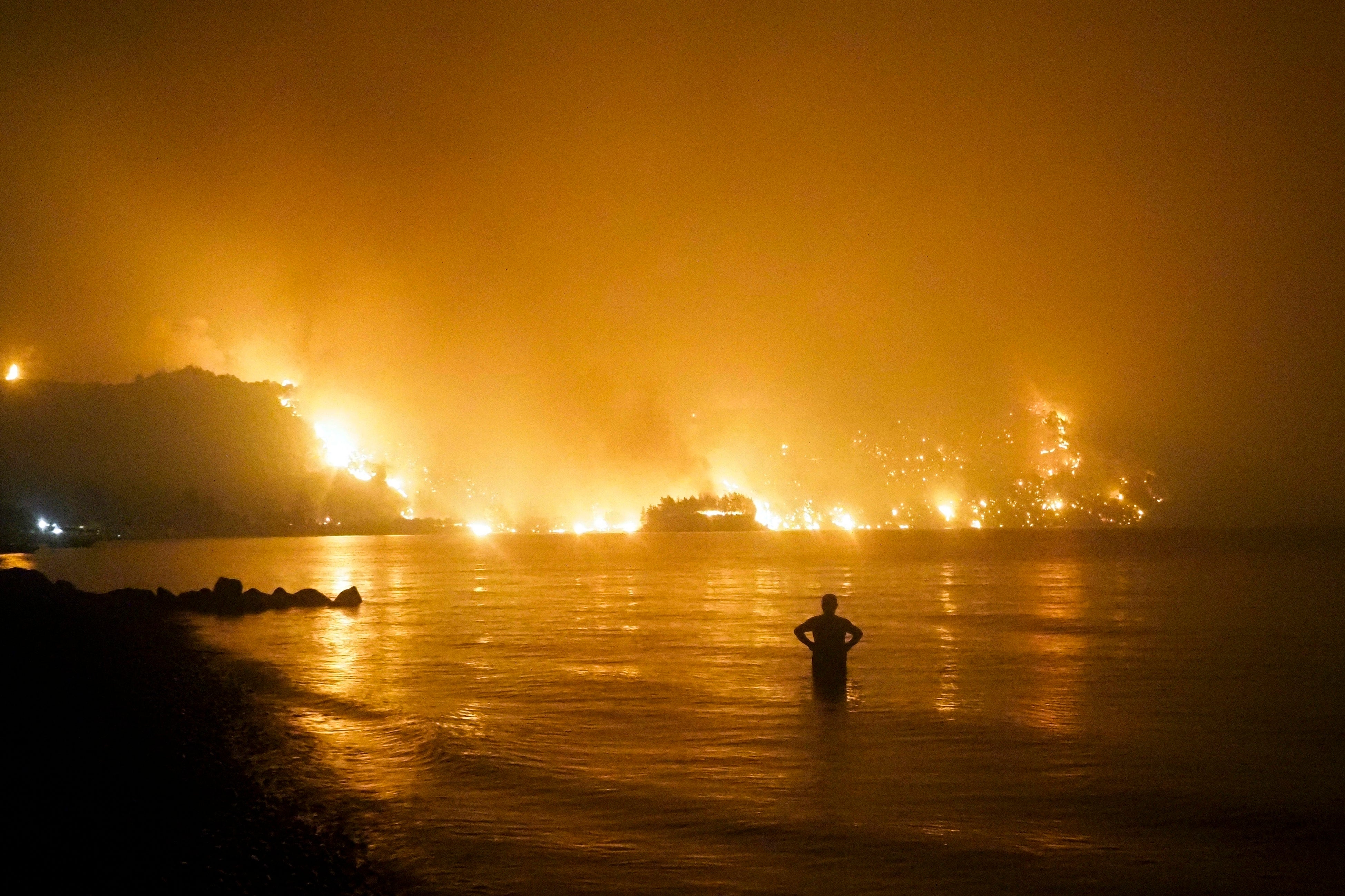
The increase in fire risks could pose a challenge for policymakers in Europe who are committed to an annual reduction of at least 310 million tons of Co2 from the forestry and agricultural sectors by 2030.
Mr Carnicer added: “Moreover, the increase in this risk could promote a mechanism of positive feedback on climate change, in progressive cycles of warming, increased fire danger, and higher fire-induced Co2 emissions.
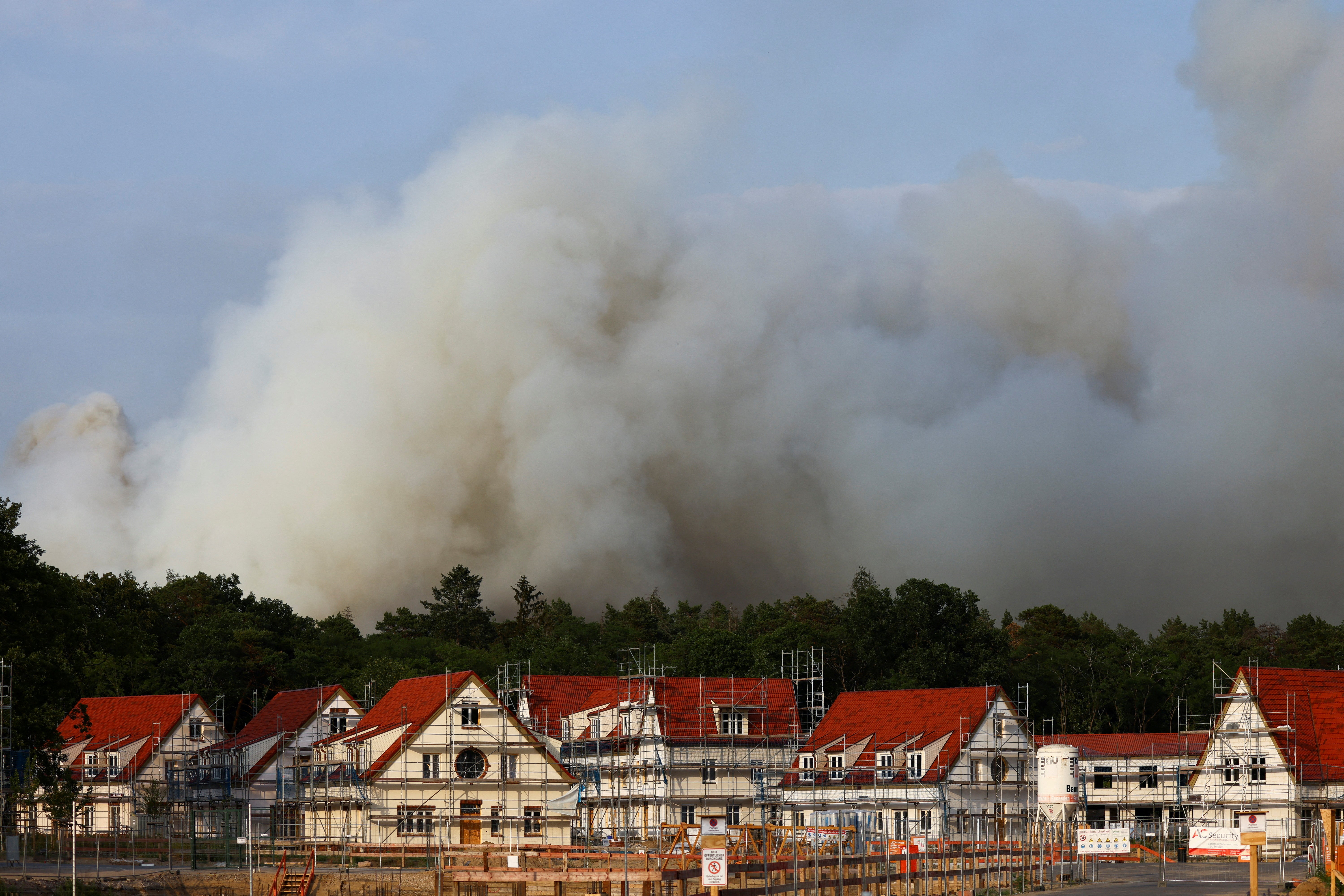
“In this context, reducing the Co2 emissions drastically in the next two decades (2030-2040) is key to reach a lower risk of fires in Europe and worldwide”.



Join our commenting forum
Join thought-provoking conversations, follow other Independent readers and see their replies
Comments